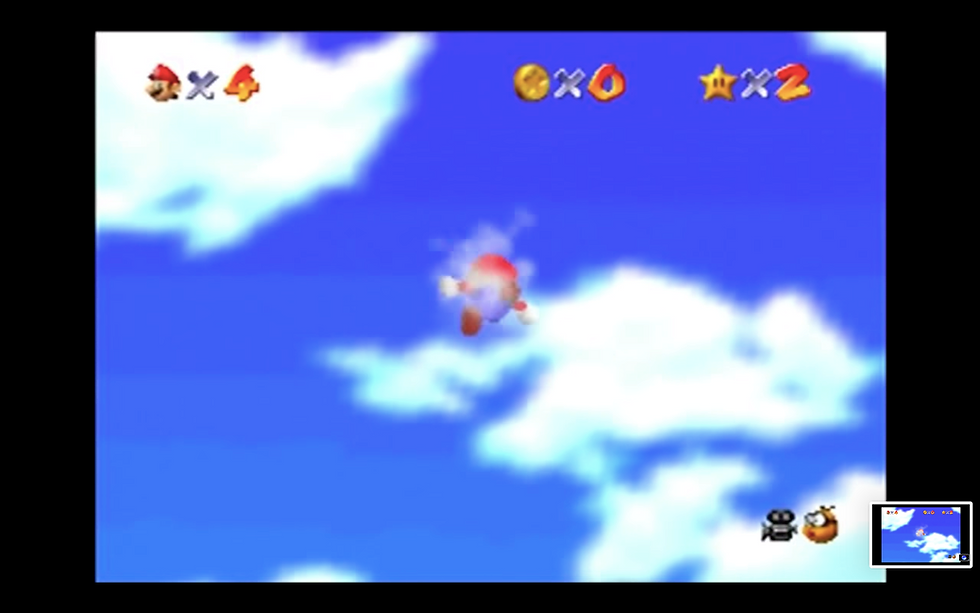Game Review: Mega Man 2 (1988)
- jsoohoo1

- Oct 18, 2019
- 3 min read
Mega Man 2 (Rockman 2 in Japan) is a science-fiction, action platforming game first released for the Nintendo Entertainment System (NES) in Japan in 1988. Published by Capcom despite disappointing sales for the original Mega Man, Mega Man 2 achieved critical acclaim. The game follows Mega Man, a humanoid robot created by Dr. Light. After foiling Dr. Light’s nemesis, Dr. Wily, in the first game, Mega Man must return to fight eight new robot bosses that Dr. Wily has constructed to defeat Mega Man. The game itself is a nonlinear, action platformer; the menu allows the player to choose any of the eight boss stages to fight first. Each stage is based on that boss’s characteristic (metal, flash, quick, wood, air, crash, bubble, and heat) and the player has three lives to beat the stage and the boss at the end. There are two invisible checkpoints on each stage: One halfway through and one right before the boss fight. After defeating a boss, the player is given a specialized weapon that the boss carried, as well as a save code representing the specific stages the player has beaten. You cannot go back to play a stage once it has been beaten. After defeating the eight bosses and gaining their weapons and powers, a final stage is unlocked with six levels that involve platforming and defeating three new bosses, defeating the eight previous bosses, and then defeating Dr. Wily himself twice to end the game.
Mega Man 2 has very strange concepts of learning, forgiveness, and finality, or lack there of. On the first playthrough of several stages, it is impossible to beat the platforming portion of the stage unless you have seen it previously. Platforms disappear beneath Mega Man’s feet and by the time the next platform appears, he has already plunged to his doom. You need to know how to time the jump into open space to land on a platform that appears right as you think you’re going to die (and variations on this theme continue appearing). In this way, the game forces you to play again to discover the stage-specific mechanics that will allow you to beat it. But once you’ve beaten a stage, even if it was mostly dumb luck, you can’t go back to practice defeating that boss (unless you rset the NES and don’t enter a save code); this is partially why the final stage is so hard. Did you learn enough on your single successful playthrough to replicate it when it matters? You had better, because there is hardly ever a break in the game unless you purposely pause it. Enemies will keep spawning until you move past their spawn points, and if you decide to backtrack to put a little distance between you and the heavy-hitting enemy that just popped up, the enemies you’ve already defeated will just spawn again. The game forces you straight into the gnashing teeth of Dr. Wily’s defenses so you can learn, die, learn, and probably die again. It’s just like Tom Cruise in Edge of Tomorrow. Thankfully, when bosses come back to face you again, it doesn’t seem like the learned anything.
There is a way to make the game easier, and it can come by trial and error, or by something of a new development in videogames in 1988: your other gamer friends. Each boss, and their accompanying stage is weak to another boss’s special weapon or power. Is Quick Man too quick for you? Beat Flash Man first and you can freeze Quick Man in time for about six seconds, an eternity in that boss fight. You can find this out through several playthroughs, deaths, and trial and error, or you could take advantage of someone you know who is meticulous enough to do so. While the internet wasn’t an option when this game was released, groups of friends could easily share concrete, game-changing tips, and even their level save codes allowing an impatient player to simply skip to the final stage with all the powers unlocked. With games like Super Mario Bros. someone could advise their friend to jump earlier or even tell them how to get from World 1-2 to World 4, but someone still had to physically play and beat those stages. It seems to me like the Mega Man series altered the way a videogame could be viewed and “completed.” Why run into a flamethrower without water-based armor? Why not just skip the flamethrower, and the rest of the one-godforsaken-level-I-can’t-beat, all together?
Bibliography:
“Mega Man 2.” Wikipedia, https://en.wikipedia.org/wiki/Mega_Man_2.




Comments